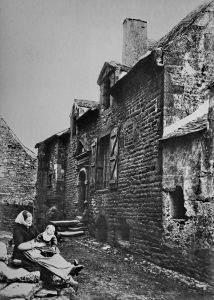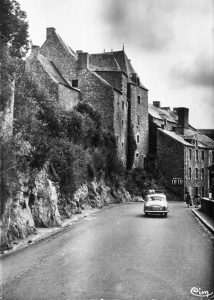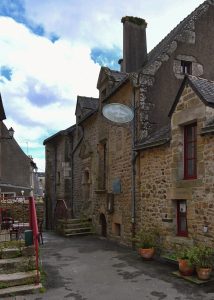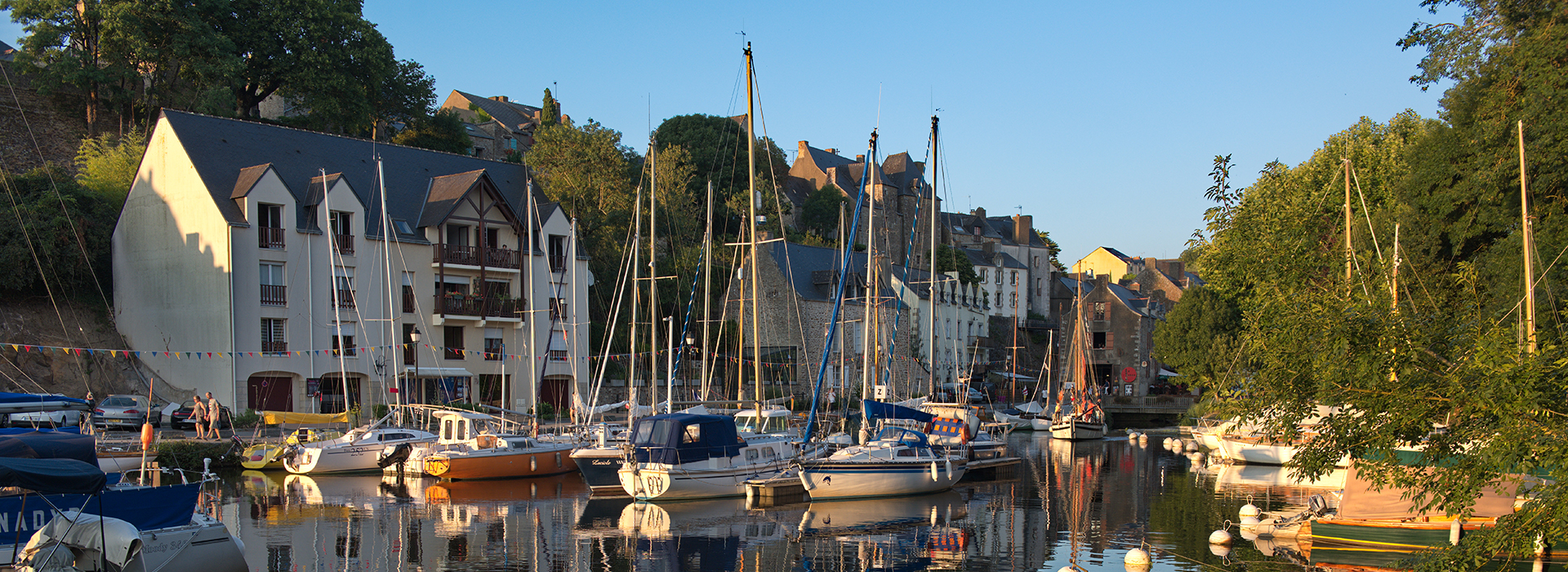|
« Mon château » disait le propriétaire de cet immeuble dit « Maison des Entre les deux guerres, elle abrita plusieurs familles locataires d’une pièce L’imposant château ruiné à la Révolution a été reconstruit par le Marquis de Montaigu, admirateur de Viollet-le-Duc. A l’intérieur, le magnifique escalier
|
The “MAISON DES BASSES-FOSSES”
This Chateau is called “Basses-Fosses” because it is built on five levels. It is in fact the second building on this site, the first having been destroyed during the Hundred Years War. The Barons of La Roche-Bernard then constructed and moved to the Chateau La Bretesche in Missillac. The present Chateau, now housing the Maritime Museum, was partially destroyed again in the Revolution and was rebuilt by the Marquis of Montaigu. Fortunately the magnificent wooden five storey staircase has survived intact. It is interesting to note that during the English Civil War, Henrietta of France, wife of Charles I, fled to Brittany and stayed overnight in the Chateau on the 9th August 1644. Forty-five years later, on the 4th March 1689, her son James II, also stayed in the Chateau on his way from France to Ireland to try to reclaim his kingdom. |



cliché de Victor Grégoire de Blain vers 1900-coll. B. Philipp +
carte postale semi-moderne petit format vers 1955
Vue prise en 2018
